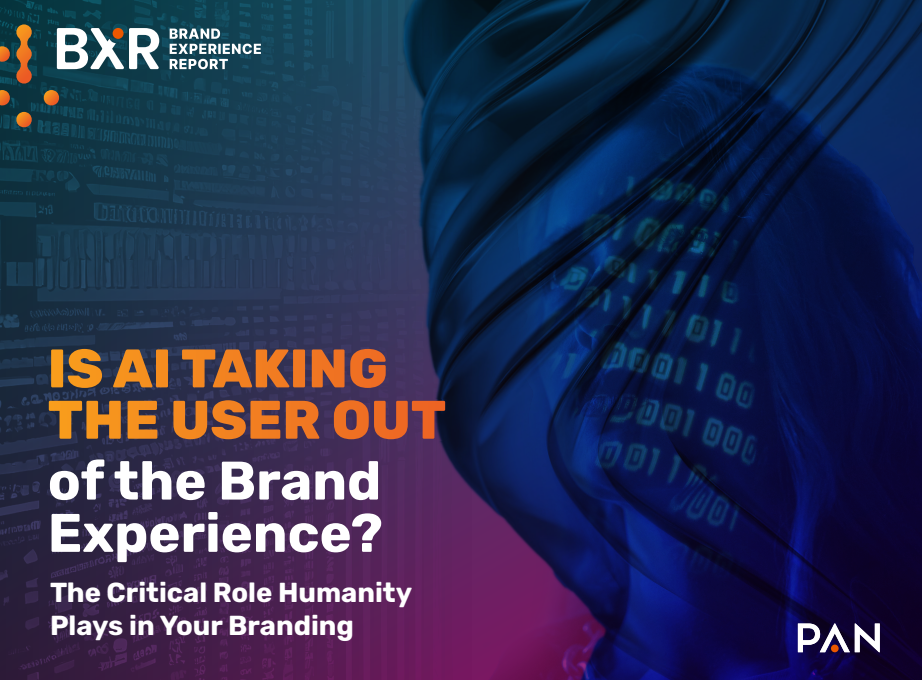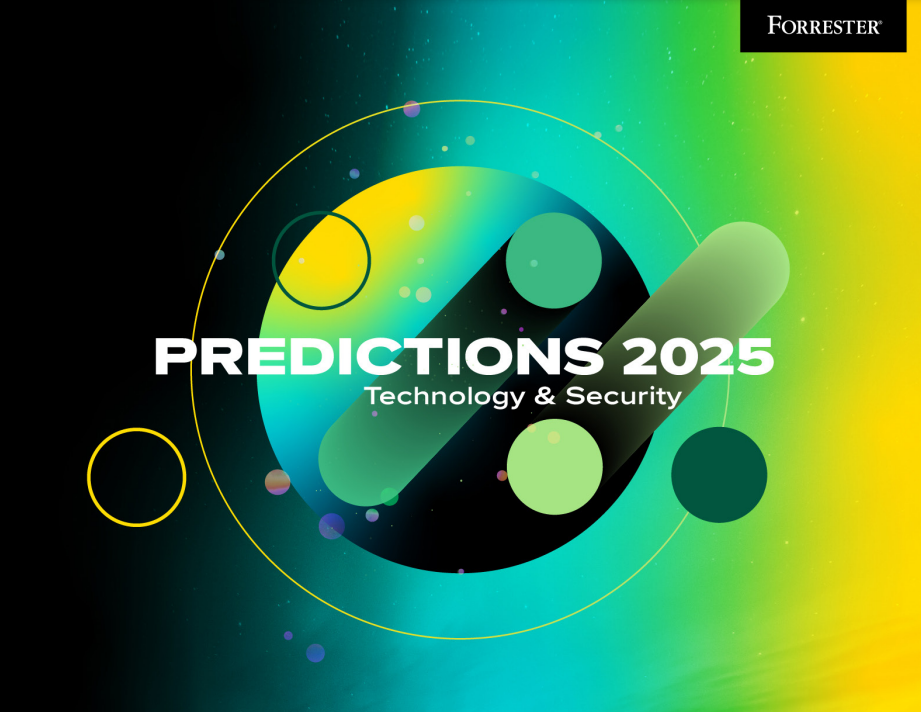Technology Vision 2024 | Accenture
Artificial Intelligence
|
Warning: Undefined array key 0 in /home/dmc/public_html/wp-content/themes/DMC/single-report.php on line 21
Warning: Attempt to read property "name" on null in /home/dmc/public_html/wp-content/themes/DMC/single-report.php on line 21
Human by design: How AI unleashes the Next Level of human potential
The relationship between humans and technology is at a critical turning point. Imagine those dystopian images of humans 1,000 years from now—hunched backs, pale skin, and large, sensitive eyes—symbols of a life spent too much indoors, disconnected from the physical world. These depictions reflect artists’ perceptions of our current interaction with technology, echoing real fears. People worry about screen time, the cognitive effects of technology, and its potential to control our lives or worse, that we might lose control over it—all while we continue to rely on it more than ever.
However, the future doesn’t have to align with these bleak visions. We can reshape the relationship between humans and technology by designing it to enhance, rather than alter, the qualities that make us human.
Hasn’t technology always been human?
This is a pivotal moment for reinvention. In the years ahead, businesses will have access to an ever-expanding suite of technologies that will unlock new opportunities for enhancing human potential, productivity, and creativity. From autonomous agents that operate on our behalf and intelligent interfaces that redefine our interactions with information and software, to spatial technologies that merge the digital and physical worlds, and even brain-computer interfaces that were once the stuff of science fiction—these innovations are becoming increasingly relevant and accessible.
Early adopters and leading companies are driving a new era of value and capability, underpinned by a common theme: technology is becoming more human. This might seem counterintuitive since technology has always been a human creation, designed to extend our capabilities and overcome our limitations. Historically, tools have filled the gaps left by our physical and cognitive constraints—automobiles expanded our mobility, cranes enabled the construction of skyscrapers, and machines facilitated the creation and distribution of music.
However, the very nature of technology often feels inhuman. Prolonged use of hand tools can lead to arthritis, screen time can worsen vision problems, and advanced navigational aids can distract us from driving. Tools and environments are frequently optimized for machines rather than human needs, leading to conflicts between technology and our physical and mental well-being. This disconnect has inspired visions of a future where humans struggle against their own creations.
Now, for the first time, we are witnessing a shift towards technology that is inherently more human. This new generation of technology is designed to be intuitive, demonstrating human-like intelligence, and seamlessly integrating into our lives. It’s not a completely new phenomenon—graphical user interfaces (GUIs) made technology more user-friendly, smartphones mirrored our mobility, and AI’s translation capabilities broke down language barriers. But we are now on the verge of a major transformation.
Consider the impact of generative AI and transformer models. What began with chatbots like ChatGPT and Bard is now revolutionizing how technology interacts with us. Adobe Photoshop’s Generative Fill and Generative Expand features, for example, allow users to modify images with simple text prompts, facilitating faster and more creative experimentation. AI is evolving from automating routine tasks to augmenting human capabilities, transforming workflows, and democratizing access to advanced technologies and specialized knowledge previously reserved for experts.
Discover how technology is evolving to enhance human potential and drive innovation. Continue reading to explore the latest trends and download our comprehensive report to stay ahead.
The Table of Contents of “Technology Vision 2024” Report:
- Introduction: Human by design How AI unleashes the next level of human potential
- A match made in AI with knowledge: Reshaping our relationship
- Meet my agent: Ecosystems for AI
- The space we need: Creating Value in new realities
- Our bodies electronic: A new human interface
Number of Pages:
- 90 pages
Pricing:
- Free
Warning: Undefined array key "sidebar_ads" in /home/dmc/public_html/wp-content/themes/DMC/functions/helpers.php on line 824






